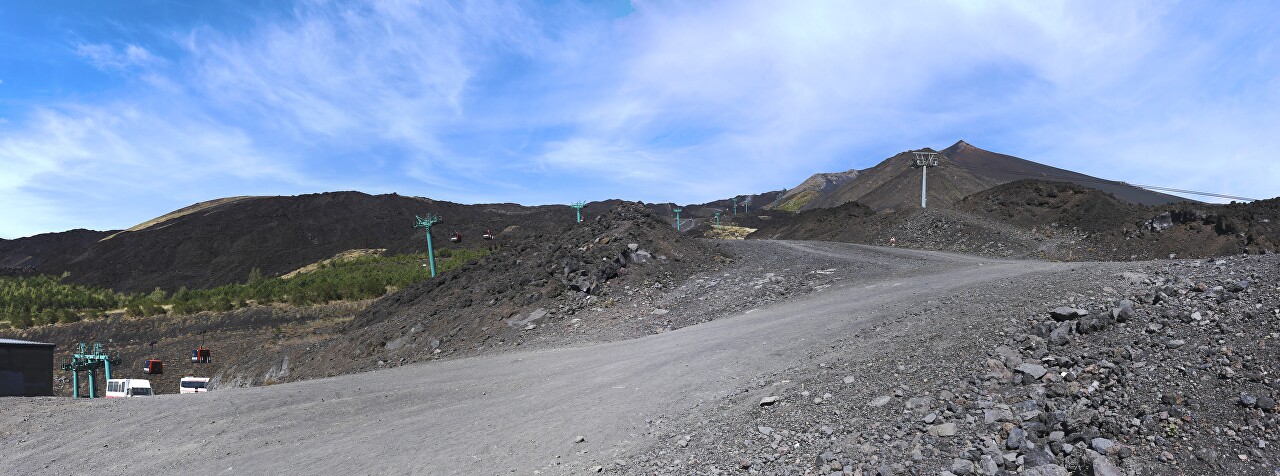Funivia dell'Etna History
In the sixties of the 20th century, Italy, including Sicily, became the most important tourist center not only in Europe, but also around the world. Among the natural attractions, the largest active volcano in Europe is leading in popularity, of course. However, not everyone was able to climb to its top, the roads were laid only up to a height of 1900 meters, where the Sapienza Shelter is located (), further up the steep slope tourists had to climb on foot, which requires poor physical training. The famous engineer and entrepreneur Dino Lora Totina, who became famous for creating the Ghiacciai cable car on Mont Blanc, undertook to solve this problem. The cable car connecting Rifugio Sapienza at an altitude of 1927 meters with the railway station at an altitude of 2930 meters was put into operation in 1966. The route consisted of two sections with a length of 2067 m and 2110 m, the transfer station was located at an altitude of 2500 meters. The fixed-grip bicable design had 24 cabins with 6 seats. However, the road existed for only five years, as a result of the eruption of 1971, the verny station and part of the supports were demolished by lava flows. In a truncated form, the road continued to function until the eruption of 1983, which destroyed the station at an altitude of 2500 meters. In a short time, a new station was built at an altitude of 2607 meters and the road resumed operation, but two years later the former station was also flooded with lava. In 1990, the cable car was reopened, the upper station was located at a height of 2495 meters. In 2001, one of the largest eruptions of modern times occurred, as a result of which the upper station and most of the supports were destroyed, two new craters formed next to the Sapienza shelter, lava from which only miraculously did not destroy the lower station. There was practically nothing to restore, so the road was built anew, taking into account the increased tourist flow. Now the upper station is located at an altitude of 2504 meters, the total length of the line with 20 bearing pylons is 2000 meters. The system belongs to a single-channel gondola type with automatic clamping and has 72 six-seat cabins. From the upper station to the Barbagallo craters, which have a height of more than 2,900 meters, tourists are transported by off-road buses.
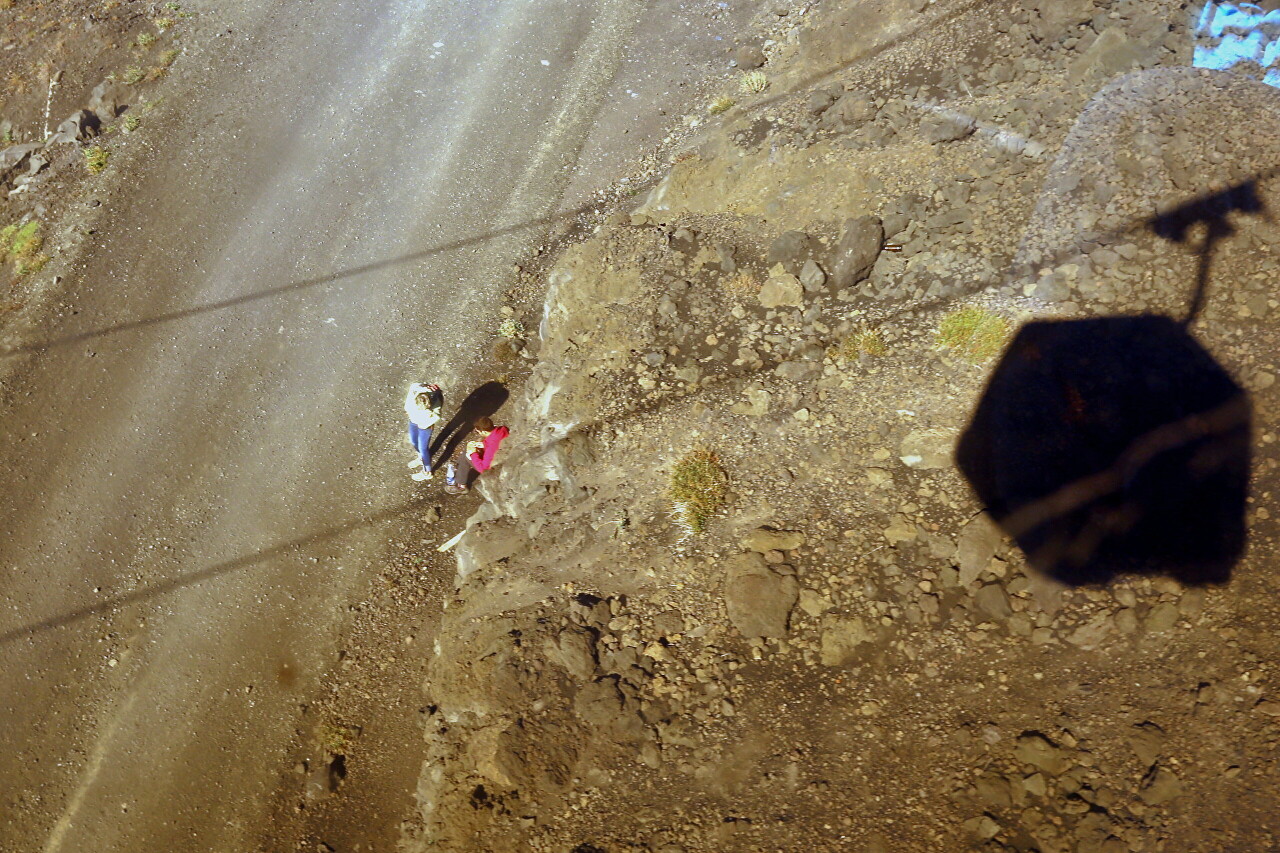
..
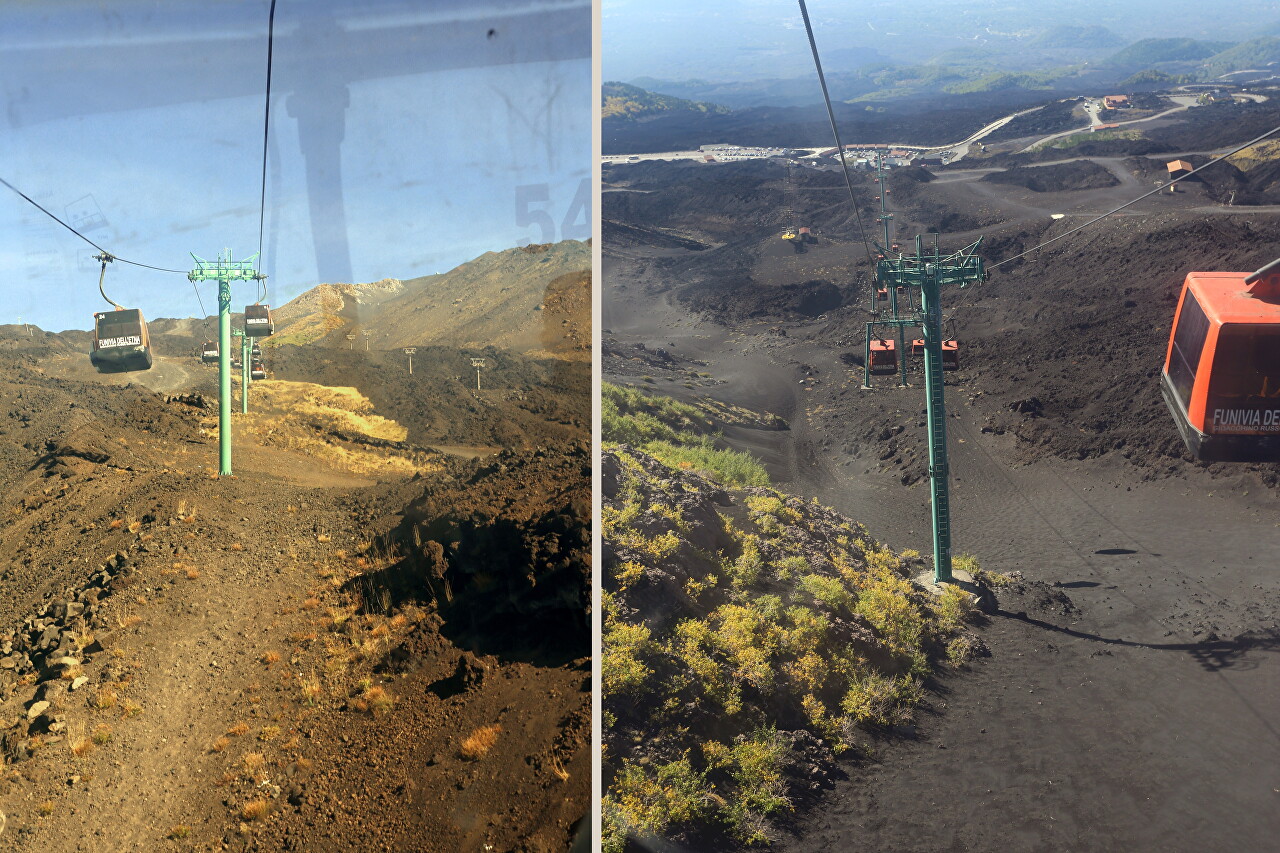
..
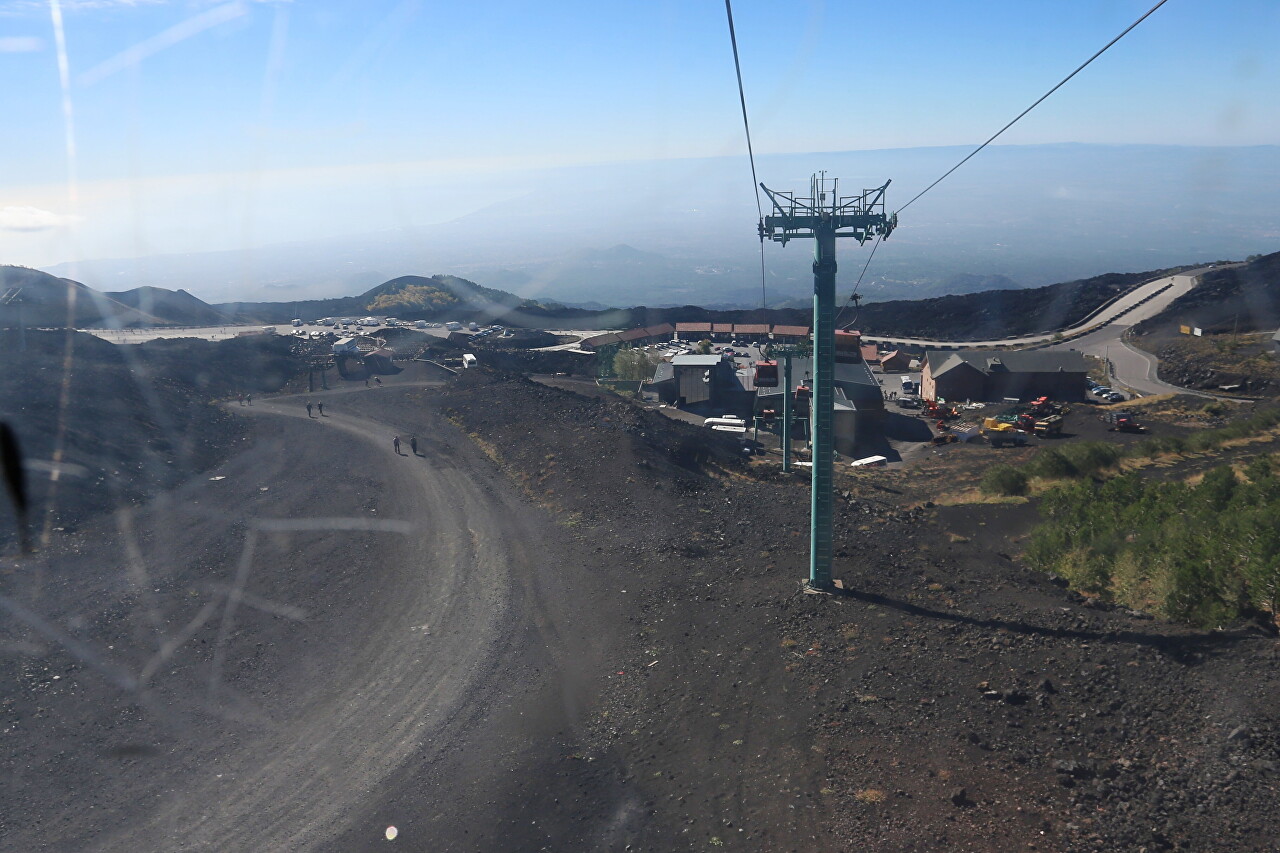
..
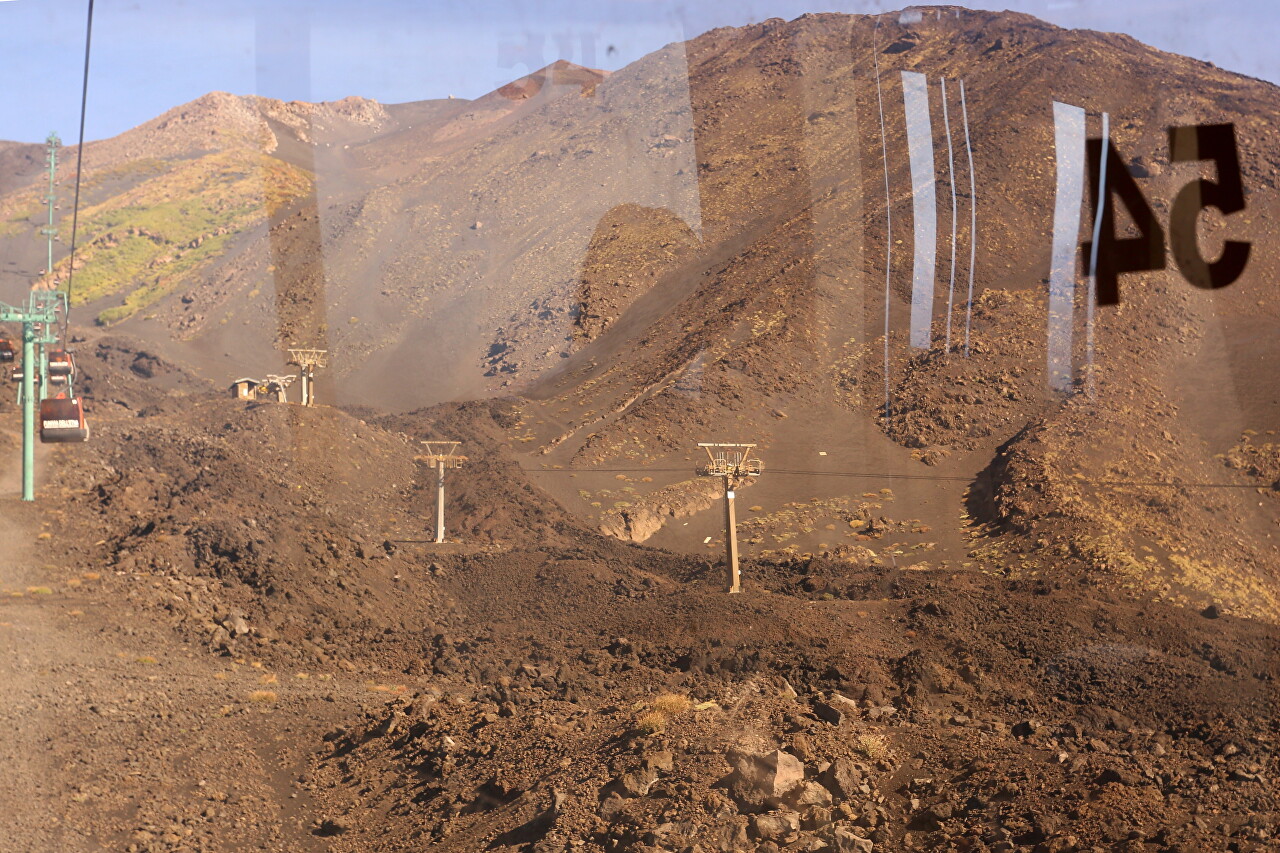
..
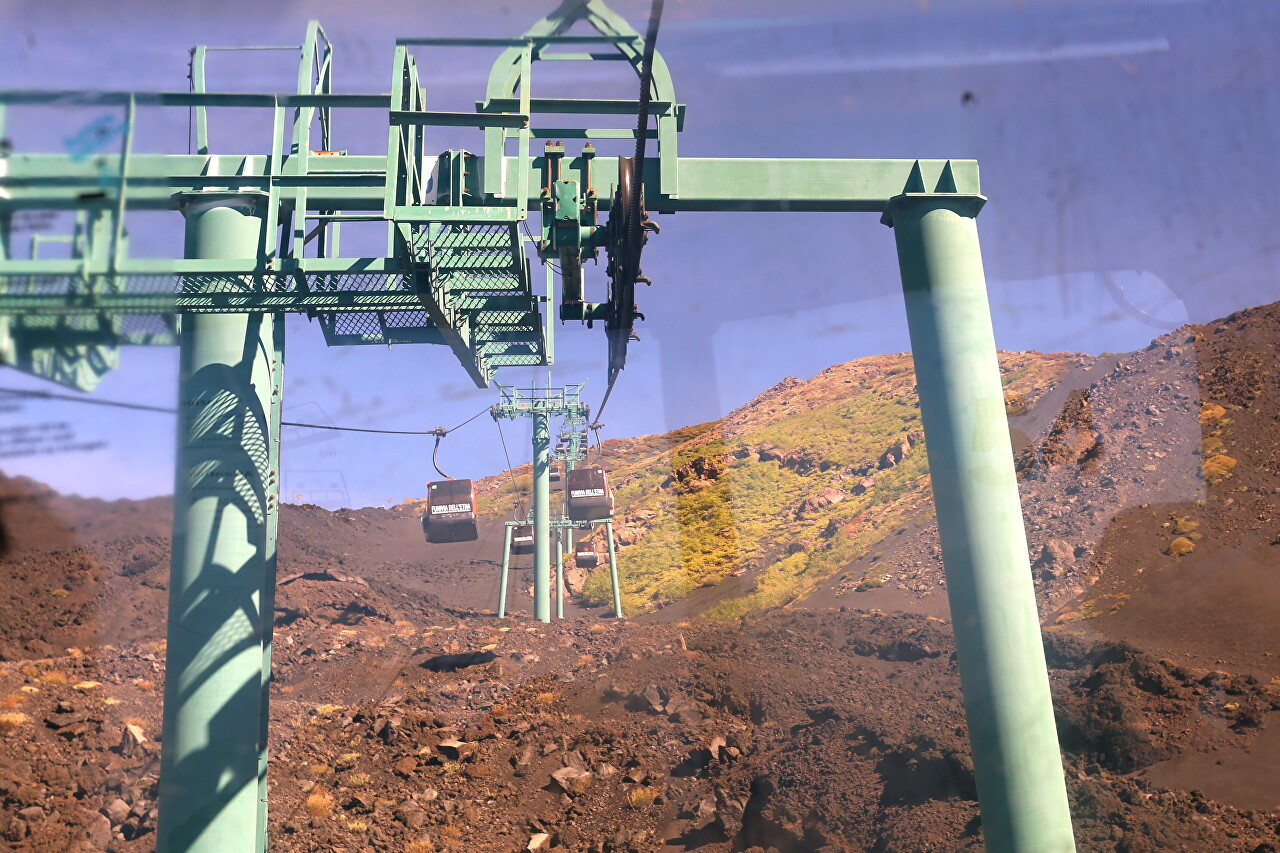
..
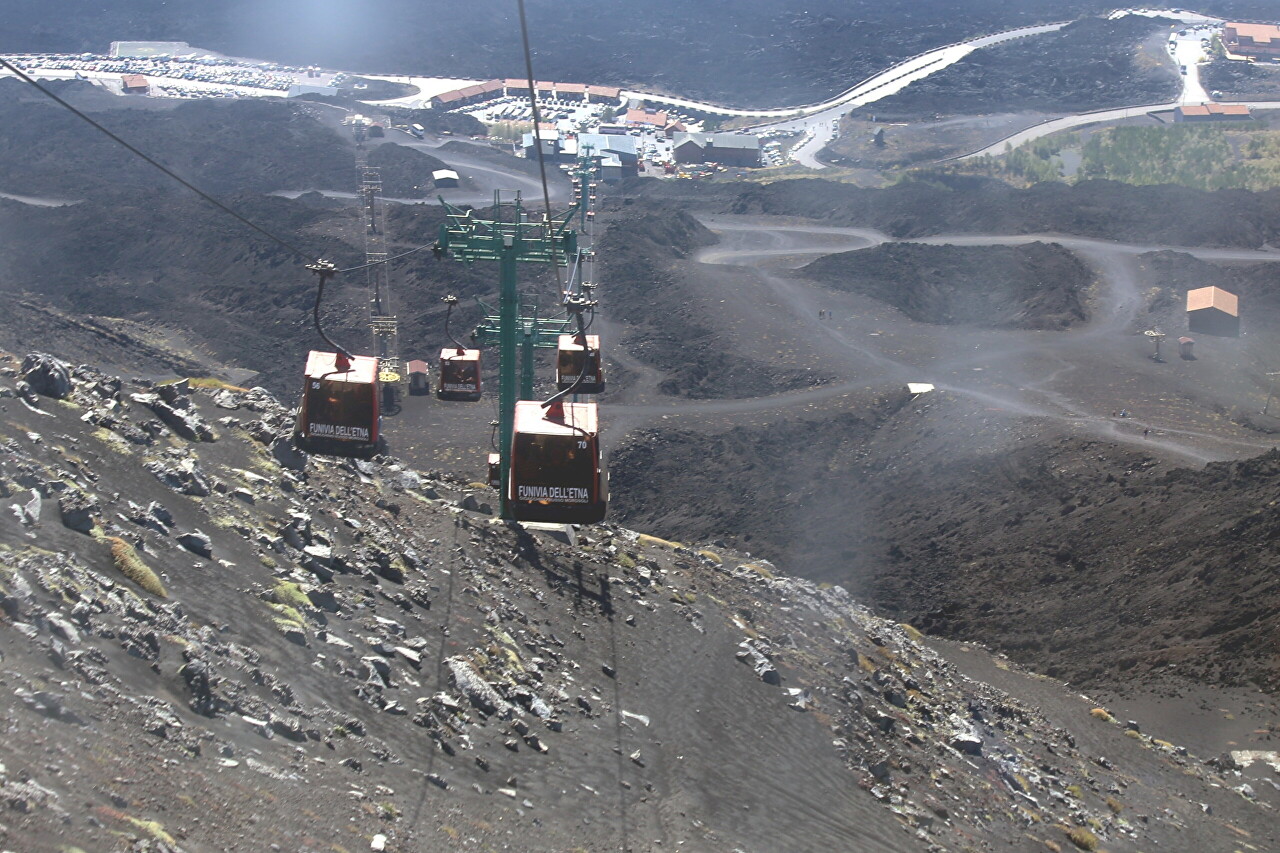
..
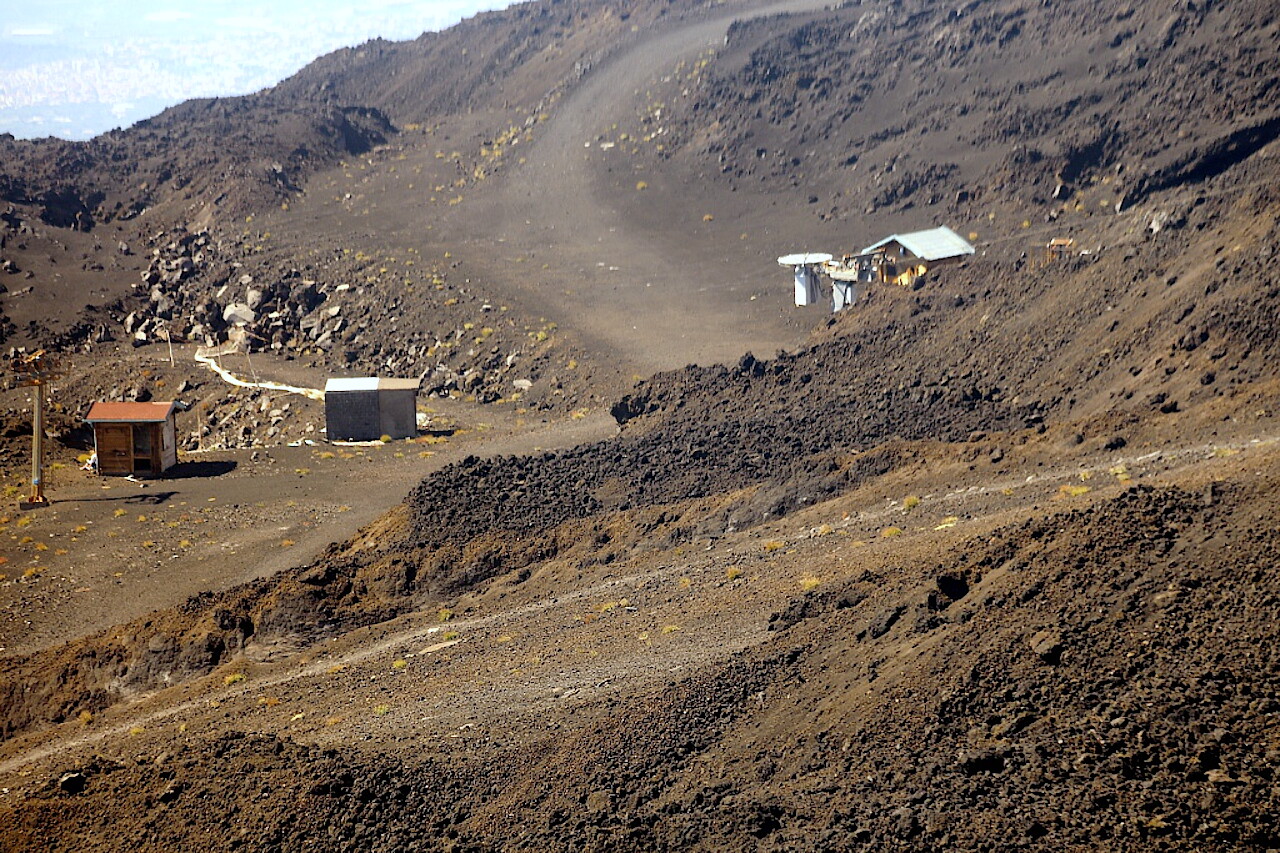
..

..
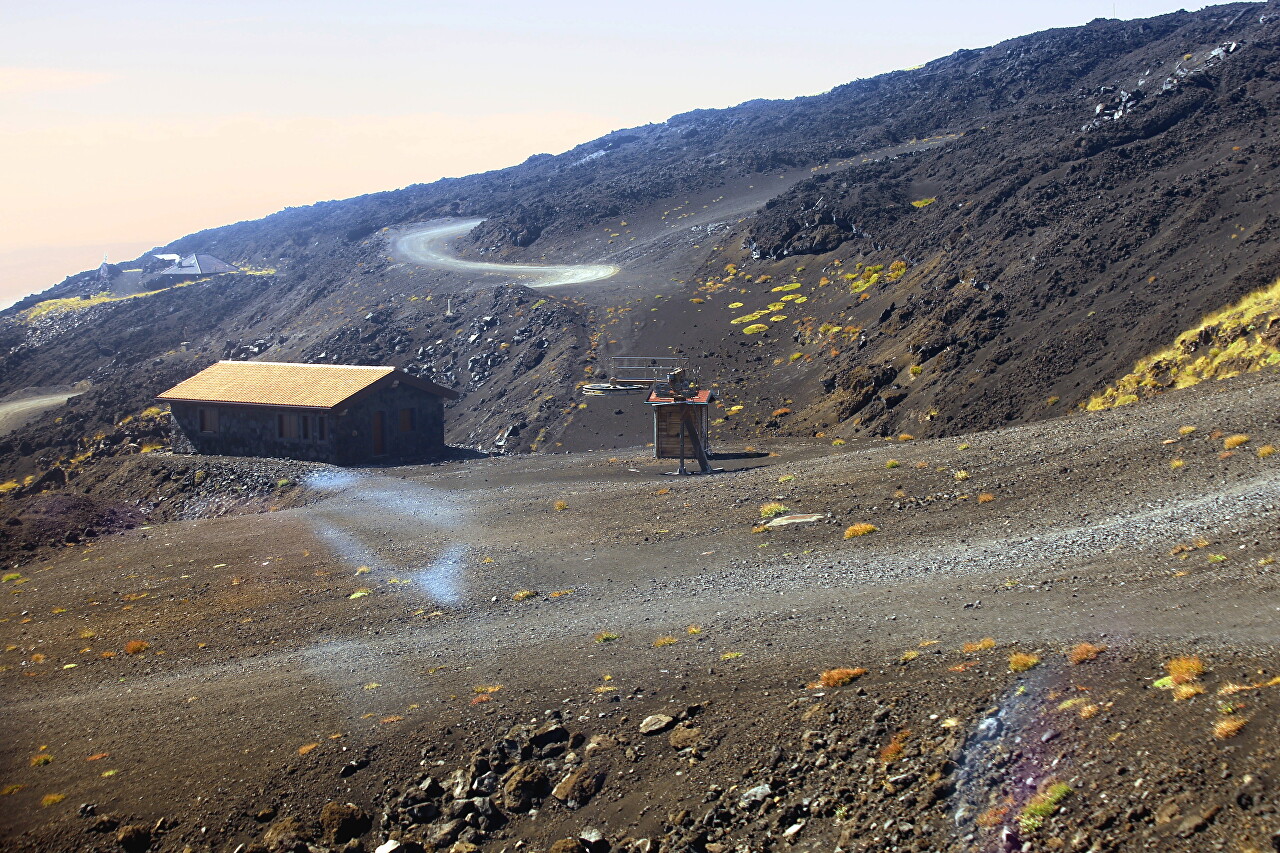
..
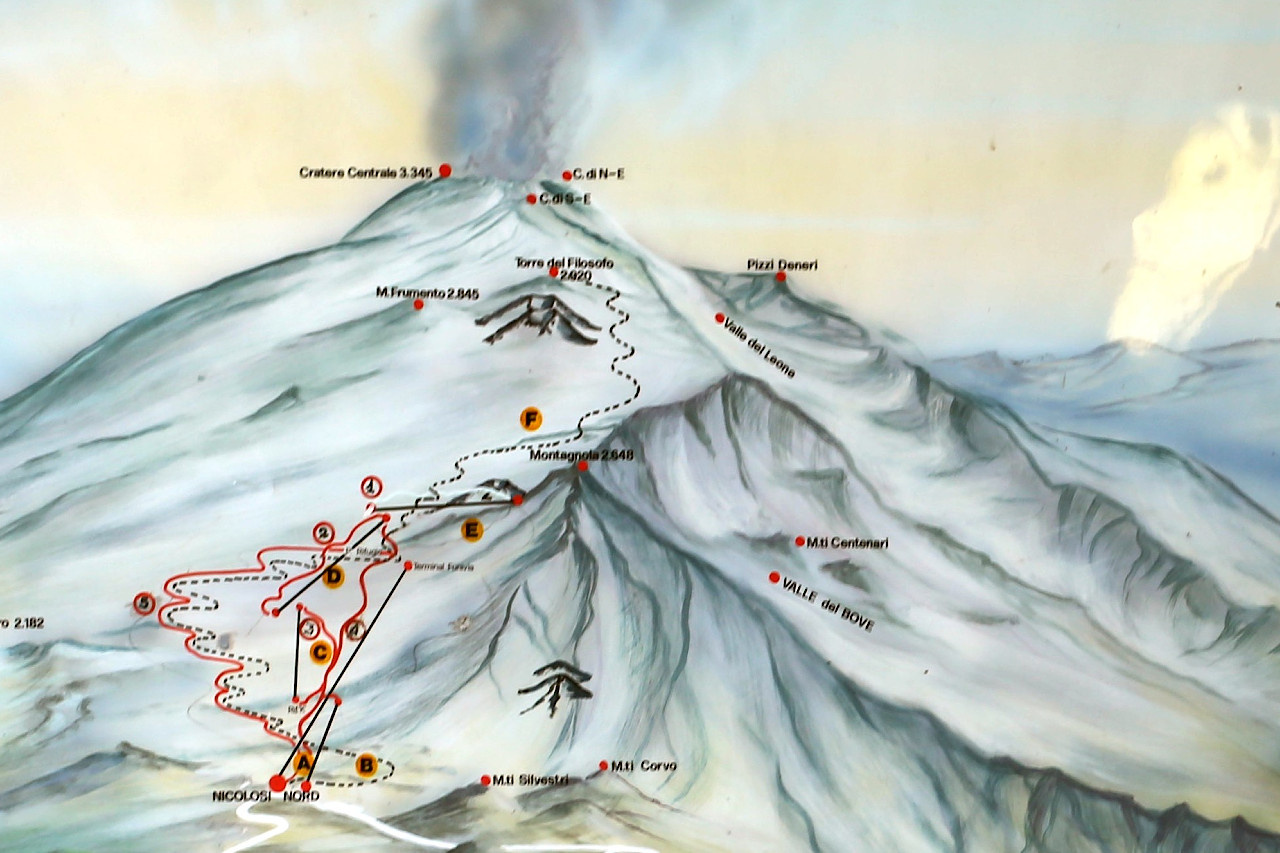
..
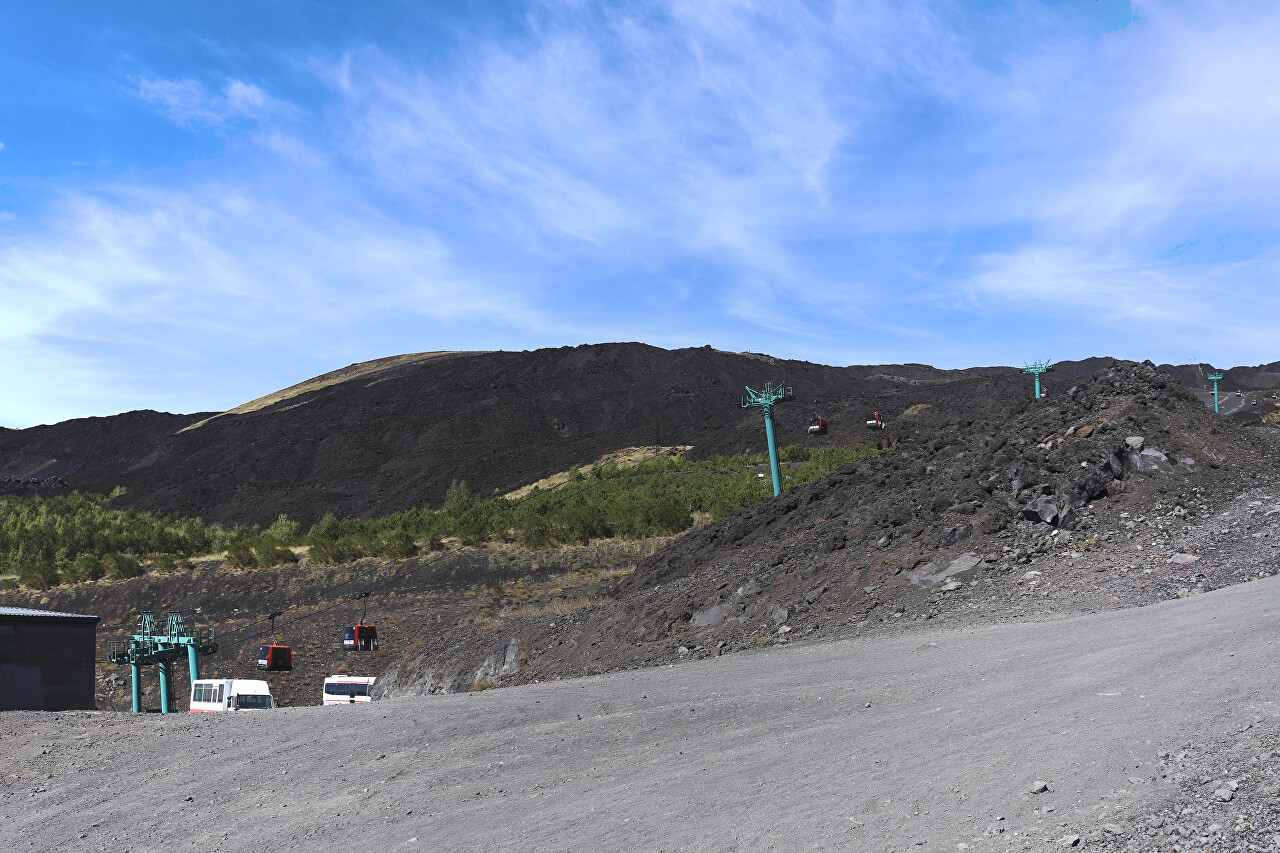
..
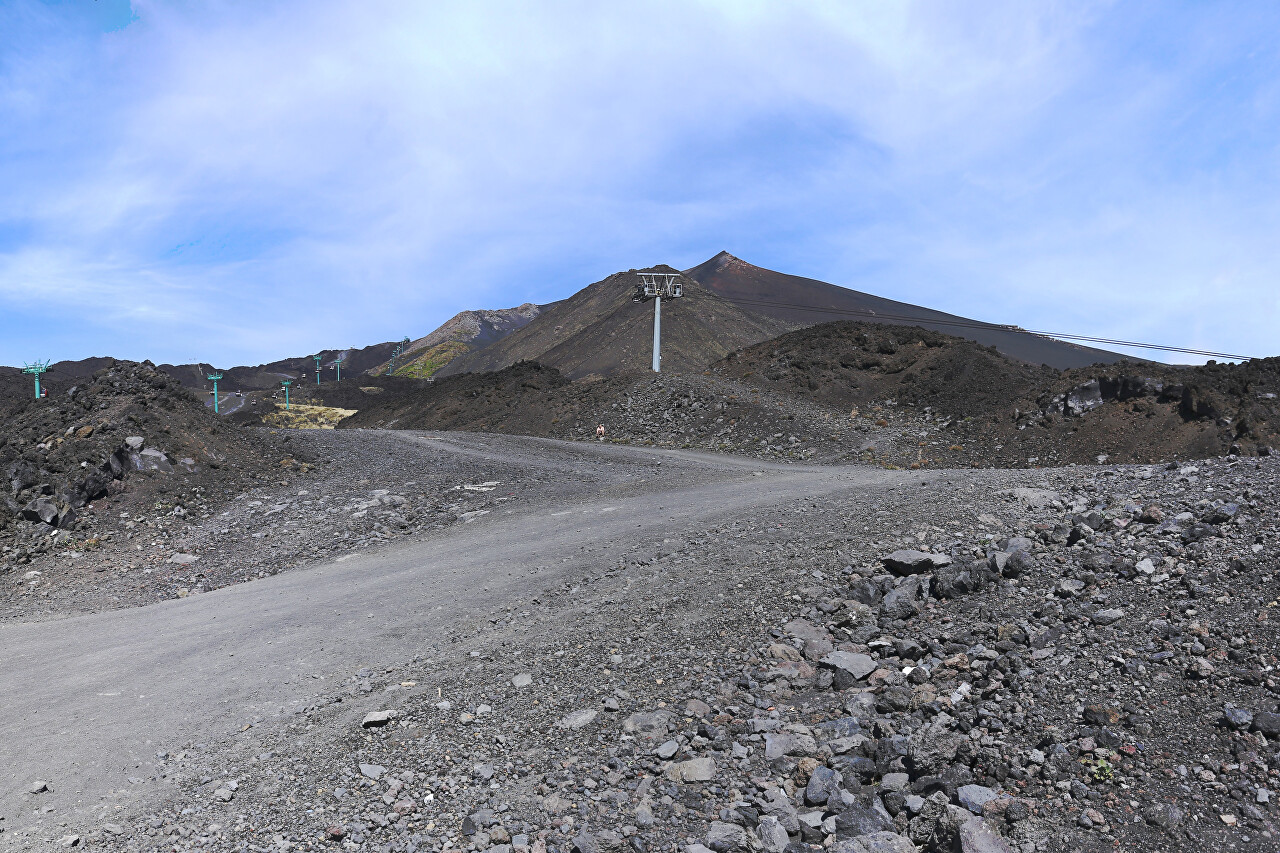
..
